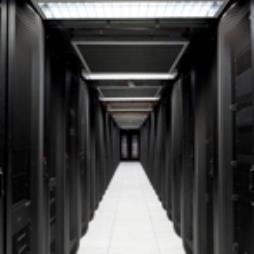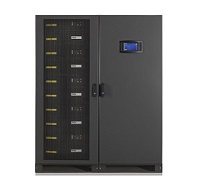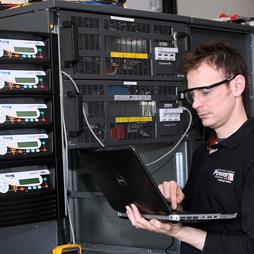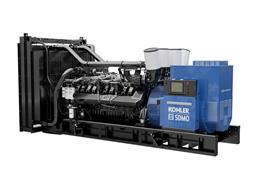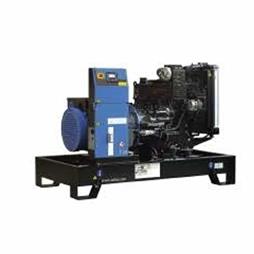Optimise your Uninterruptible Power Supply for Data Centre applications
14-10-2014
Uninterruptible Power Supply (UPS) systems are fundamental to any data centre. Their key role is to maintain a secure electrical supply if the mains fails or exceeds acceptable limits. In this article, Matt Henley, technical sales manager for Uninterruptible Power Supplies Limited, a Kohler company, discusses the particular challenges that data centres present to UPSs, and how today’s UPS technology can overcome these.
Data centres by nature contain information and communications technology (ICT) equipment whose uninterrupted operation is vital to the centres’ users. A sudden loss of power or voltage spike can permanently damage ICT equipment or wipe out data; such events have been known to close businesses down. With these realities, a carefully specified UPS system becomes an essential part of the data centre infrastructure. The challenge is to strike an optimal balance between energy efficiency, reliability, overall power performance and lowest total cost of ownership while meeting the particular requirements of the data centre environment.
How data centres challenge UPSs
One of a data centre’s most obvious aspects is its size, with total power demand sometimes running into megawatts. On these large scales, efficiencies become critical because of their implications for Green issues, energy management, costs and cooling considerations. As already mentioned, protected, reliable power is critical for data centre operation, so the UPS must provide this protection while remaining completely reliable and available itself, in terms of both its electrical and battery systems. If the UPS does detect any actual or latent problems, it must be able to communicate information about these immediately.
Centres tend to be densely populated, with real estate at a premium as each server adds revenue-earning capacity. They are also dynamic environments, often with growing processing loads that call for increases in power capacity during operational life. The load’s critical nature also means that back-up generators are often considered essential to assure a continued power supply if a mains failure event exceeds the UPS battery autonomy.
Blade servers have become steadily more popular in these environments because of their flexibility and power density. However, they present leading power factor loads that can create problems for UPSs not designed to handle them. Total Input Harmonic Distortion, if not held to a low level, can create a need for oversized equipment and cabling, increase heating and waste energy in input transformers, and reduce input component lifetimes.
Meeting the data centre power challenge
As data centres have grown to present the challenges above, UPS technology has evolved to meet them. Accordingly we can look at how to choose a UPS with the technology, configuration and capacity needed to optimally protect the data centre it serves.
A fundamental UPS technology choice is between online and offline systems. Offline systems offer an apparently cheaper alternative. During normal operation, these pass electrical power directly from the raw mains input through to the critical load. If the mains fails, the UPS turns on the inverter and power is drawn from the battery. Although such systems are used in some applications for economic reasons, they have two critical drawbacks for data centres. Firstly, the critical load is exposed to raw mains during normal operation, with no protection from electrical spikes or other disturbances that could damage the site’s ICT equipment. Secondly, there will be a break of up to 10 mS during any changeover between battery and mains operation. For ICT equipment, this is unacceptable and negates the purpose of installing a UPS.
By contrast online systems permanently pass power from the mains through their rectifier/inverter chain to the critical load. The UPS battery floats on the rectifier/charger output and continues to supply power without a break if the mains fail.

